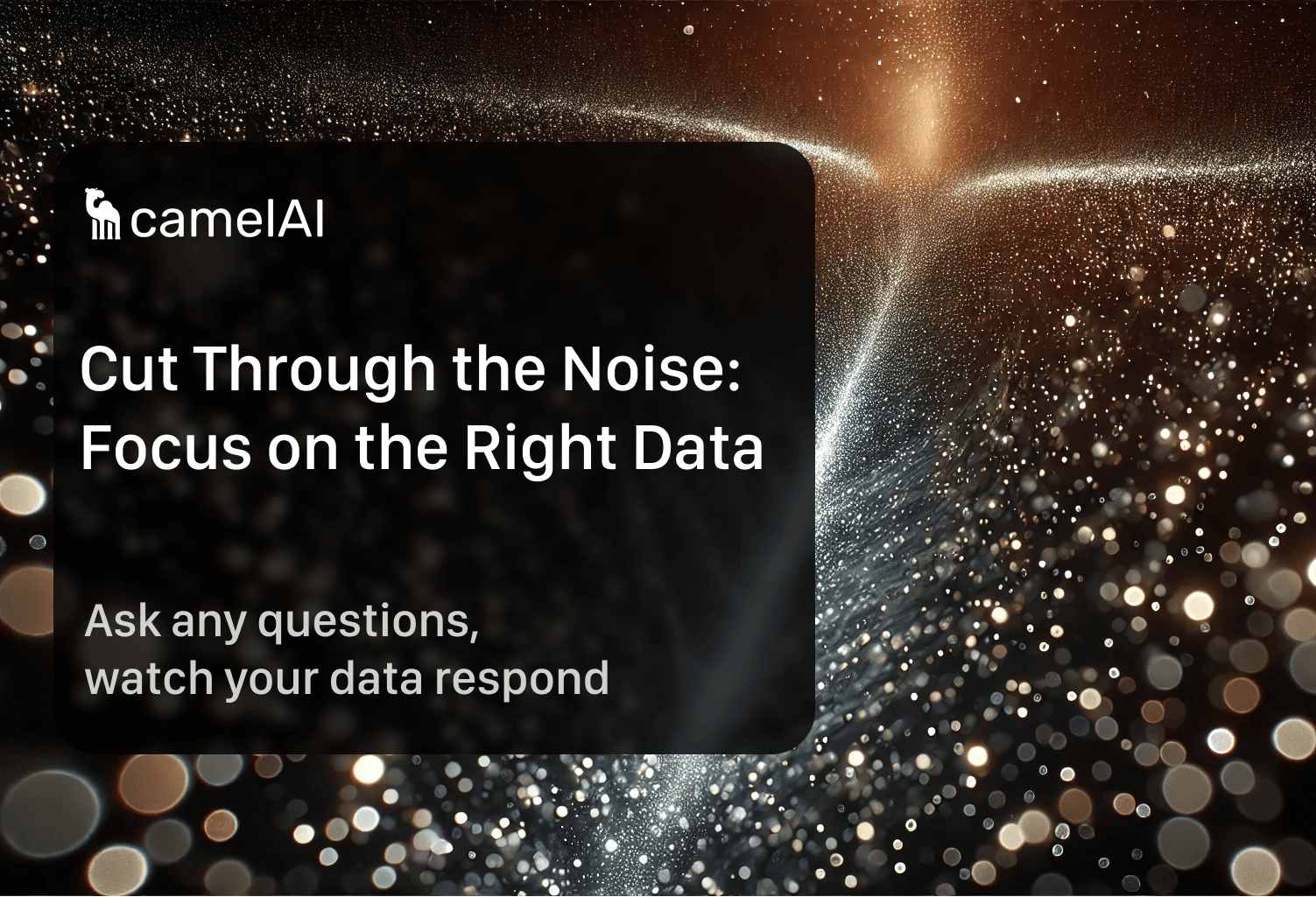 Back to Articles
Back to Articles
Data Analytics for Product Managers: Getting the Signal Through the Noise
 Successful product managers share one trait: an almost obsessive relationship with data. Not any data, but the kind that actually matters. In the tech industry, data flows from everywhere—product usage metrics, customer support tickets, A/B tests, sales conversations, and user research. However, the real skill in product management and data analytics isn’t in collecting everything; it’s in identifying which metrics truly indicate success or failure.
Successful product managers share one trait: an almost obsessive relationship with data. Not any data, but the kind that actually matters. In the tech industry, data flows from everywhere—product usage metrics, customer support tickets, A/B tests, sales conversations, and user research. However, the real skill in product management and data analytics isn’t in collecting everything; it’s in identifying which metrics truly indicate success or failure.
Too many companies end up with dashboards full of vanity metrics that look impressive in presentations but reveal little about whether users are actually deriving value from the product. In product manager data analytics, the focus should be on answers to specific questions about user behavior and product success.
Getting Started: The Minimalist Approach
For those new to data analytics for product managers, start small. Begin with just three key metrics:
-
Your North Star Metric
Identify the one number that best captures the core value your product delivers. For example, Airbnb focuses on nights booked and Spotify on time spent listening. -
Your Activation Rate
Measure the percentage of new users who experience your product’s core value—the “aha moment” when they first see genuine benefit. -
Your Retention Curve
Track how many users continue to engage with your product over time.
Set up simple tracking using tools like Amplitude, Mixpanel, or camelAI. The goal is not to build the most comprehensive analytics system right away but to understand the story of how users interact with your product. This minimalist approach helps you focus on data analytics that truly inform decisions rather than being overwhelmed by numbers. It’s all about filtering out the noise and zeroing in on the signal.
The Essential Metrics That Actually Matter
When it comes to analytics for product managers, the metrics that matter are those that reveal whether users are getting genuine value. Think of the process as a funnel:
-
Acquisition Metrics
These indicate whether you’re attracting the right users. Keep in mind that rapid growth can sometimes hide underlying product issues. -
Activation Metrics
These tell you if new users are experiencing your product’s core value proposition. Many products fail here—users sign up but never reach that critical “aha moment.” -
Retention Metrics
Ultimately, retention is the true measure of product success. If users keep coming back, you’re on the right track. If not, no amount of growth hacking can compensate for a lack of value.
Rather than tracking every possible metric, focus obsessively on these core indicators. When you see fluctuations in these numbers, use them as a prompt to dig deeper—talk to users, review support tickets, and explore underlying causes. This disciplined focus on product management data analytics helps separate great product managers from mediocre ones.
Remember, data should inform your decisions, not make them for you. The best product manager data and analytics strategies blend quantitative insights with qualitative understanding, pattern recognition, and strong product instincts.
How camelAI Enhances Your Analytics Workflow
Once you have a handle on the essential metrics, integrating advanced tools can streamline your work. This is where camelAI comes in as one of the best analytics tools for product managers. Designed to serve product manager data analytics needs, camelAI is an AI business intelligence platform that connects directly to your database, data warehouse, or uploaded CSV files.
Key Features for Product Management and Data Analytics
-
AI Chat Interface
With camelAI’s chat agent, you can ask natural language questions, and the system automatically generates SQL queries. This makes it easier to dive into product analytics without needing to be an expert in SQL. Each query is transparent—logged with a description and the exact query used—ensuring you understand every step in your data analytics and product management process. -
Interactive Visualizations
The chat agent leverages Plotly to create interactive graphs and charts. These visuals appear in an artifact panel alongside the chat, providing immediate, actionable insights. This is ideal for product manager data and analytics where visual cues can quickly highlight trends and anomalies. -
Dynamic Dashboards
Any artifact generated from your chat can be saved to a dashboard. These dashboards refresh automatically with up-to-date data, ensuring you’re always working with the latest insights. This feature makes camelAI one of the best analytics tools for product managers, especially for ongoing monitoring and iterative analysis. -
Support for Multiple Data Sources
camelAI connects with popular data sources such as Postgres, MySQL, ClickHouse, DuckDB, Snowflake, BigQuery, and Supabase. This flexibility makes it a robust option for businesses looking for comprehensive product management analytics tools.
Integrating camelAI into Your Workflow
For product managers new to data analytics, camelAI offers a gentle learning curve with its AI-powered chat that guides you through your queries step by step. For those more experienced, it provides a transparent and efficient way to ask targeted questions and receive tailored insights. This dual appeal makes camelAI a standout among data analytics tools for product managers and a key asset in both product management data analytics and business analytics for product managers.
By incorporating camelAI into your workflow, you can focus on the metrics that matter—acquisition, activation, and retention—while automating the more technical aspects of data exploration. This allows you to maintain a clear focus on decision-making, ensuring that your product management and data analytics strategy drives meaningful improvements and growth.
Popular Articles
- ChatGPT Excel and Beyond: Harnessing AI in Excel for Smarter Spreadsheets
- How to Create Powerful Cohort Retention Graphs
- Data Insights in 1 minute
- Strategic Insights with camelAI: Three Use Cases
- How Peliqan Unifies Your SaaS Data for CamelAI Analytics
- Launch Announcement: CamelAI—Your AI Business Intelligence Agent 🚀
- How camelAI Maps Your Database for Better Queries
- camelAI cannot write to your database
- PostgreSQL and camelAI
- Frequently Asked Security Questions




